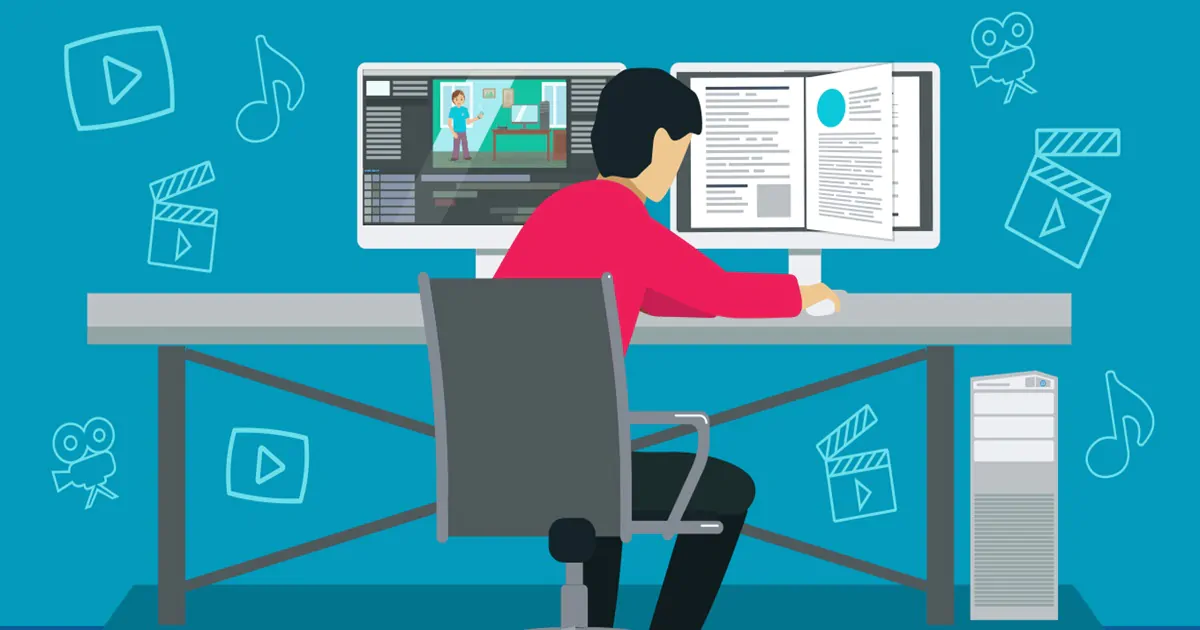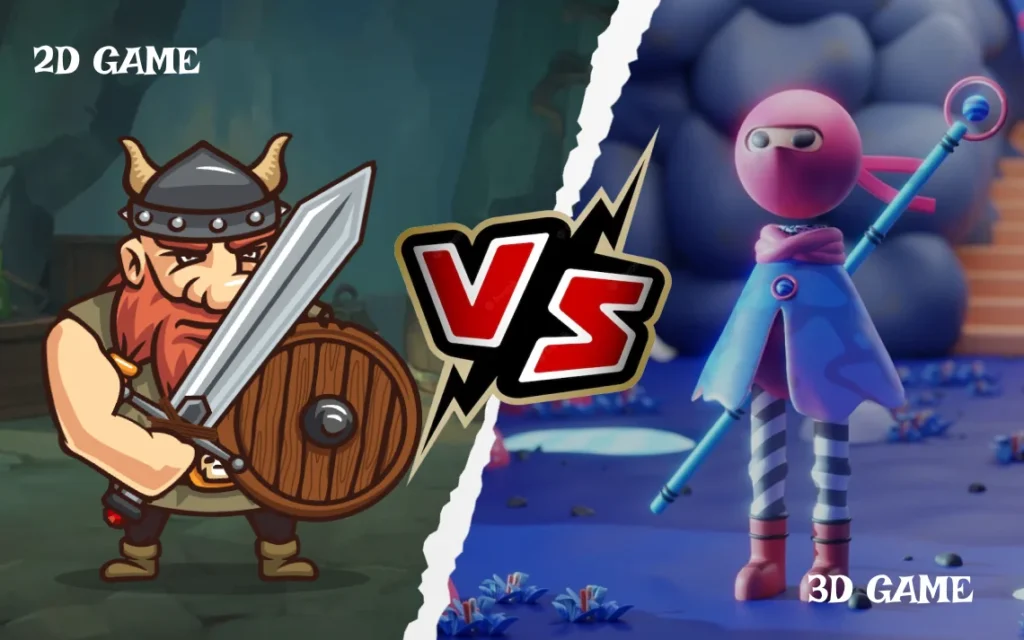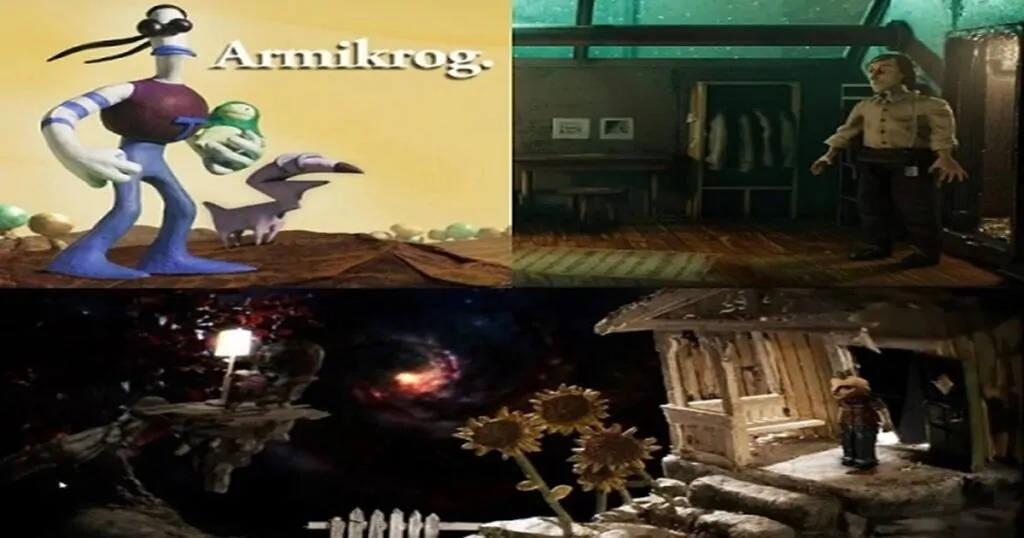Powerful Motion Graphics: From Explainer Videos to Social Media Ads
Motion graphics design has emerged as a powerful tool in modern communication, transforming the way stories are told and messages are conveyed. Through captivating visuals and dynamic animations, motion graphics videos have become a popular choice for engaging audiences in a visually compelling manner. Motion Graphics: From Explainer Videos to Social Media Ads-captivates audiences and drives engagement on various platforms by combining visual elements, animation, and sound to create dynamic experiences.

The art of motion graphic animation goes beyond static images, bringing life and movement to designs that captivate viewers’ attention. By combining elements such as text, imagery, and sound in a seamless flow, motion graphics create an immersive experience that resonates with audiences on a deeper level.
Visual storytelling through motion graphics has become increasingly popular due to its ability to convey complex ideas in a simple and engaging manner. Whether it’s explaining intricate concepts, showcasing product features, or simply adding visual flair to content, motion design trends continue to evolve, pushing the boundaries of creativity and innovation.
In the upcoming sections, we will delve deeper into the world of motion graphics design, exploring its impact on modern communication and uncovering the latest trends shaping this dynamic field. Stay tuned as we unveil the power of motion graphics in transforming how we communicate visually.
The Art of Crafting Engaging Explainer Videos with Motion Graphics
Crafting engaging explainer videos with motion graphics is an art form that combines creativity and technology to deliver impactful messages. Animated explainer videos are powerful tools for businesses to communicate complex ideas in a visually appealing and easy-to-understand manner.

When it comes to explainer video production, incorporating motion graphics can take your videos to the next level. Motion graphic add a dynamic element that captures viewers’ attention and keeps them engaged throughout the video.
To create effective animated explainer videos, it’s essential to understand the principles of explainer video design. This includes keeping the message clear and concise, using visuals to enhance storytelling, and maintaining a consistent brand identity throughout the video.
By leveraging motion graphics for business purposes, companies can create compelling content that resonates with their target audience and drives engagement. Whether you’re explaining a product or service, showcasing a process, or telling a brand story, animated explainer videos with motion graphics can help you stand out in today’s competitive digital landscape.
Elevating Your Brand Through Stunning Social Media Ads Using Motion Graphics
In today’s fast-paced digital world, capturing the attention of your audience on social media is crucial for the success of your brand. One way to stand out and make a lasting impression is through the use of motion graphic in your social media ads.
Motion graphics offer a dynamic and visually appealing way to convey your brand message. By incorporating animation into your ads, you can create eye-catching visuals that engage viewers and drive higher click-through rates.

When creating social media ads with motion graphic, it’s essential to focus on creating impactful visuals that align with your brand identity. Use vibrant colors, bold typography, and captivating animations to grab the attention of scrolling users.
Motion graphics can help you tell a story or showcase product features in a more compelling way than static images or text alone. Whether you’re promoting a new product launch, sharing customer testimonials, or running a special promotion, motion graphics can elevate your message and leave a lasting impression on your audience.
By leveraging the power of motion graphics in your social media ads, you can differentiate your brand from competitors and create memorable experiences for your customers. Stay ahead of the curve by incorporating animation into your social media marketing strategy and watch as engagement levels soar.
A Step-by-Step Tutorial on How to Create Engaging Motion Graphics Projects
Creating engaging motion graphics projects can be a rewarding and creative endeavor. Here is a step-by-step tutorial to help beginners dive into the world of motion graphic design:
1. Understand the Basics: Before diving into creating animations, it’s essential to grasp the fundamental principles of motion graphics. These include concepts like timing, spacing, and easing, which are crucial for creating smooth and engaging animations.
2. Choose the Right Tools: Selecting the right software is key to creating stunning motion graphics. Popular tools like Adobe After Effects and Cinema 4D are widely used in the industry for their versatility and powerful features.
3. Storyboarding: Planning your project through storyboarding helps visualize the sequence of your animations. It serves as a roadmap for your project, outlining key scenes and transitions.
4. Design Assets: Create or source design assets such as illustrations, icons, or typography that will be animated in your project. Consistent design elements help maintain visual coherence throughout your animation.
5. Animation Techniques: Experiment with different animation techniques like keyframing, masking, and effects to bring life to your designs. Understanding these techniques allows you to create dynamic and visually appealing motion graphics.
6. Timing and Rhythm: Pay attention to timing and rhythm in your animations to create a sense of flow and engagement. Adjusting keyframes and easing curves can enhance the overall impact of your motion graphics.
7. Sound Design: Incorporating sound effects or music can elevate the viewer’s experience by adding an auditory dimension to your animations. Syncing audio with visual elements enhances storytelling in motion graphic projects.
8. Feedback and Iteration: Seek feedback from peers or mentors to improve your work further. Iterating on your designs based on constructive criticism helps refine your skills as a motion graphic designer.
By following these steps, beginners can embark on their journey into creating captivating motion graphics projects that engage audiences visually and creatively.
The Tools of the Trade: Must-Have Software for Seamless Motion Graphics Creation
When it comes to creating captivating motion graphics, having the right tools at your disposal can make all the difference. From dynamic animations to visually stunning effects, the software you choose plays a crucial role in bringing your creative vision to life.
One essential tool for designers delving into motion graphics is dedicated motion graphics software. These programs are specifically designed to help you create animated visuals that engage and captivate audiences. Some popular options in this category include Adobe After Effects, Cinema 4D, and Blender.
In addition to motion graphic software, animation tools are also key components of a designer’s toolkit. Programs like Adobe Animate and Toon Boom Harmony offer a wide range of features that enable designers to bring characters and scenes to life through fluid movement and expressive gestures.
For graphic designers looking to enhance their motion graphics projects, incorporating versatile graphic design software is highly recommended. Applications such as Adobe Illustrator and Photoshop provide essential tools for creating stunning visuals that can be seamlessly integrated into your motion graphics compositions.
By equipping yourself with these must-have software tools, you can streamline your workflow, unleash your creativity, and produce seamless motion graphics that leave a lasting impression on your audience.
The Role of a Motion Graphics Artist: Bringing Imagination to Life
Motion graphic artists play a crucial role in bringing imagination to life through their creative and technical skills. These professionals combine art, design, and technology to create visually compelling animations that captivate audiences across various platforms.

One of the key skills of a motion graphics artist is the ability to blend creativity with technical expertise. They utilize software tools such as Adobe After Effects and Cinema 4D to animate static designs, incorporating movement, color, and visual effects. This demands a keen eye for detail, an understanding of composition, and a strong sense of timing to craft engaging animations.
A career as a motion graphic artist offers a dynamic path for those passionate about visual storytelling. From creating animated logos and explainer videos to designing captivating visuals for films, advertisements, and social media content, motion designers have diverse opportunities to showcase their creativity.
As technology continues to advance, the demand for skilled motion graphics artists is on the rise. Companies across industries are recognizing the value of incorporating animation into their branding and marketing strategies to stand out in an increasingly digital world. This trend opens up exciting possibilities for aspiring motion designers looking to make their mark in the creative industry.
Inspiring Creativity: Spotlight on the Role of a Motion Graphics Artist in Visual Storytelling
Artists play a crucial role in visual storytelling by blending technical expertise with artistic creativity. They are skilled storytellers who use movement and design to convey messages effectively, adding depth to visual narratives.
A career as a motion artist offers endless opportunities for creative expression. From designing animated logos and title sequences to creating explainer videos and promotional content, the scope of work is diverse and exciting.
Creativity lies at the heart of every animation created by a motion graphics artist. It is their keen eye for detail, innovative thinking, and passion for design that sets them apart in the world of visual storytelling. By pushing the boundaries of traditional animation techniques and embracing new technologies, motion designers continue to inspire audiences with their imaginative creations.
Hence, the role of this artist is indispensable in visual storytelling. Their ability to blend technical skills with creativity not only brings stories to life but also leaves a lasting impression on viewers. Whether it’s through sleek animations or intricate designs, motion designers play a vital role in shaping how we experience and engage with visual content.
Trends and Innovations in the World of Motion Graphics: Staying Ahead of the Curve

It has evolved significantly over the years, with new trends and innovations constantly shaping the industry. Staying ahead of the curve in this dynamic field is crucial for professionals looking to create cutting-edge visual content. One of the latest trends in motion design is the use of 3D elements to add depth and realism to animations. By incorporating three-dimensional objects and environments, designers can create visually stunning effects that captivate audiences.
Innovative motion graphic techniques such as micro-interactions and seamless transitions are also gaining popularity. These subtle yet impactful details enhance user experience and engagement, making animations more interactive and engaging. The future of the animation industry holds exciting possibilities, with advancements in technology opening up new creative avenues for designers. From virtual reality experiences to AI-generated animations, the landscape of motion graphics is constantly evolving.
By staying informed about the latest trends and embracing innovative techniques, motion graphic artists can continue to push boundaries and create compelling visual narratives that resonate with audiences across various platforms.
Conclusion: Powerful Motion Graphics: From Explainer Videos to Social Media Ads
graphics design is a powerful tool that can captivate audiences and drive engagement across various platforms. By combining visual elements, animation, and sound, motion graphics videos create a dynamic and engaging experience for viewers.

Motion graphics artists use specialized software to bring their creative visions to life. These tools allow them to manipulate shapes, text, colors, and images to create stunning animations that convey complex ideas in a visually appealing way.
For aspiring motion graphics artists, tutorials and templates are valuable resources that can help improve skills and inspire new projects. Building a strong portfolio is essential for showcasing talent and attracting potential clients or employers.
By embracing the magic of motion-graphics, content creators can elevate their storytelling abilities and create compelling visuals that leave a lasting impact on audiences. Whether it’s for marketing campaigns, educational videos, or entertainment purposes, motion graphics have the potential to transform ordinary content into extraordinary experiences.
Read More: Discover the Power of Character Design: Bringing Your Vision to Life



